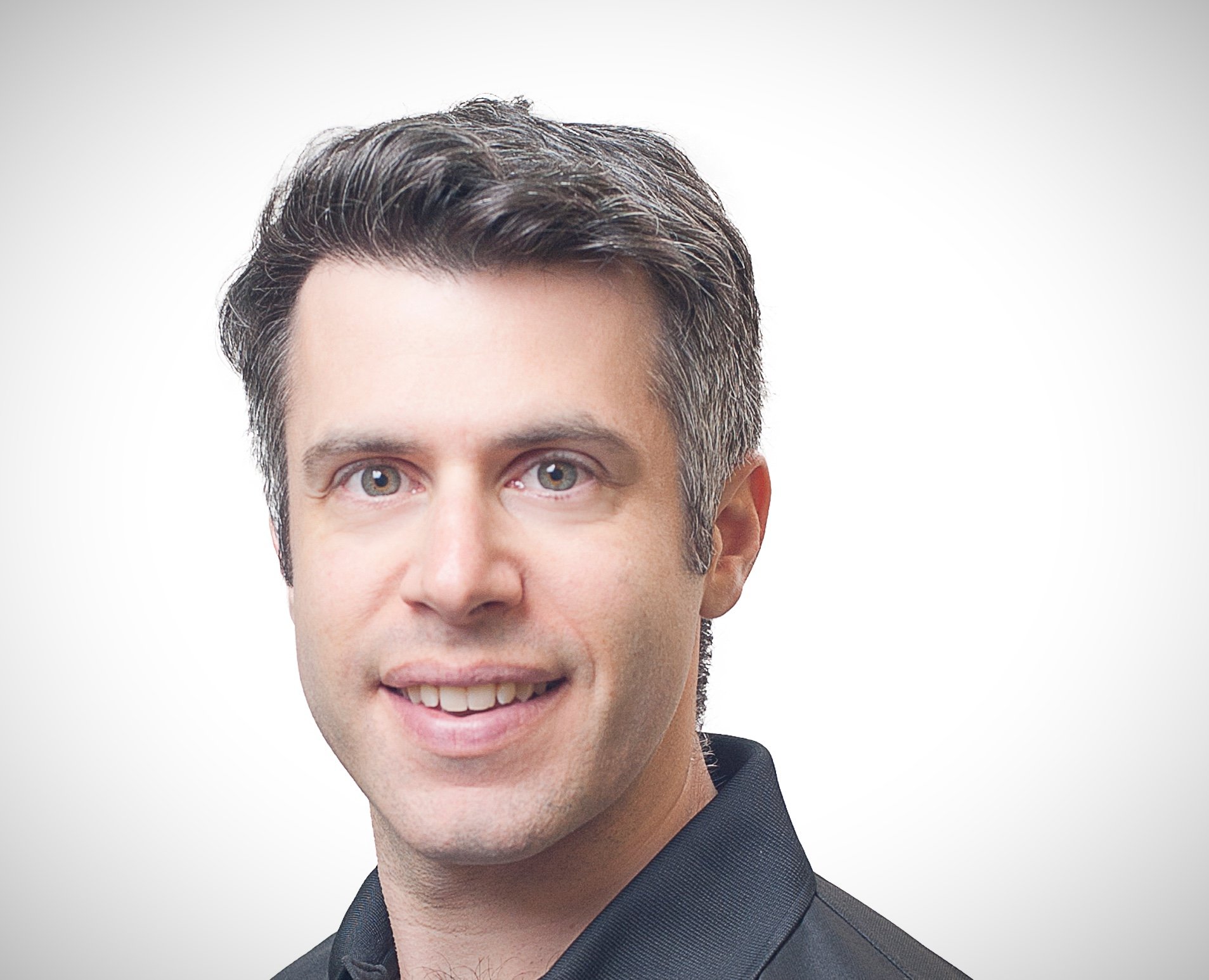
In the final hours of this year’s US presidential election, I watched Trump’s surge to victory at the Asia Pacific MedTech Forum, an annual conference in Singapore covering the latest trends in Asia’s medical technology sector. Many delegates were surprised by the results. Their reactions suggested what a Trump presidency might mean for Asian healthcare, and why that may matter for America.
Some brushed off the election and focused on the opportunity in Asia’s healthcare sector. Irrespective of what happens in Washington, many expect the region to continue to gain traction as a global center of healthcare talent, innovation, and business opportunity. As the region develops, growing consumer demand for quality care will drive investment from both multinational and local healthcare companies.
But many expressed concern about Trump’s nativist rhetoric and his stance on international trade. American healthcare companies have a long track record of bringing investment, ideas, and improved standards of care to Asia. Most also have global, multicultural workforces that thrive in an atmosphere of tolerance and talent mobility. Protectionist policies in Washington could negatively impact their ability to work effectively in Asia.
Some also wondered how Trump will handle biomedical research and global health policy. Government-funded institutions in America sponsor research on many healthcare challenges that afflict Asian countries, such as antimicrobial resistance and diabetes. They also support development programs aimed at strengthening healthcare systems in Asia’s emerging markets. While Trump’s positions on these efforts remain unclear, some feared that he might cut research budgets and appoint officials who do not understand science.
It would be a shame to see progress stall. At the conference, many spoke about the ongoing work needed to improve healthcare in Asia. They shared stories about efforts to bolster the region’s healthcare workforce, digitize health systems, and produce innovative medical technologies tailored to low-resource settings. Since many of these initiatives are based on international collaborations of diverse stakeholder groups, they rely on global trade and friendly relations between countries.
The United States also benefits when Asian healthcare professionals train at American schools, join American companies, and connect Americans to the Asian opportunity. It has over half the world’s population and also half of its chronic disease burden, but still accounts for only 27% of total spending in pharmaceuticals and 22% in medical technology, according to a 2015 report by McKinsey. This suggests ample room for growth, but Asian markets present cultural nuances that require local input and cooperation.
Only time will tell how Trump will handle international relations, immigration, and global trade when in office, but he has already famously declared that he would move to withdraw from the TPP on his first day as president. While TPP was not universally championed in Asia’s healthcare communities, many supported it. One proponent was Deborah Elms of the Asian Trade Center, a trade research and advocacy organization based in Singapore.
“The TPP would have opened the floodgates for investment in Asia’s healthcare markets,” said Elms. “Companies hoping to remain competitive must work much harder now.”
The Asia-Pacific Medical Technology Association, an industry trade group that hosted the MedTech Forum, also supported the TPP (disclosure: they hired me to write a report about the conference). In a position statement released on January 2016, they cited a range of benefits, including a positive impact on Asia’s regulatory environment. For many healthcare firms, regulatory complexity is one of the biggest barriers to operating in the region, and the TPP held the promise of streamlining the system.
Independent of the TPP, healthcare leaders across Asia are already working to improve the regulatory environment. In 2014, for instance, stakeholders from around the region launched the Centre for Regulatory Excellence, an organization hosted at Duke-NUS Medical School in Singapore, to provide research, advocacy, and training opportunities that can improve regulatory skills in the region. As medical technology becomes increasingly complex, and particularly as devices converge with software and become enmeshed in the Internet of Things, the need for technically-proficient regulators and clear guidelines is mounting.
Asia’s healthcare systems will continue to move forward, with or without America. At the Asia-Pacific MedTech Forum I mingled with some of the region’s top healthcare leaders, and while many were glued to their screens in the final hours of the election, most ultimately care about the opportunity in Asia. Hopefully the new administration’s policies won’t undermine their continued progress.
Will Greene is a writer and strategy consultant focused on Asia’s emerging R&D ecosystems. You can find him on LinkedIn.
What Trump Means for Healthcare in Asia
Trump has famously declared that he would move to withdraw from the TPP on his first day as president. But studies show that the agreement would be good for both US and Asian healthcare. Plus, America's habit of bringing investment, ideas, and improved standards of care to Asian healthcare might be in jeopardy.















